Sodium Bentonite Powder
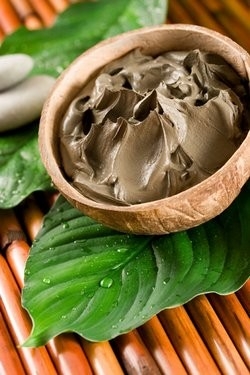 If you look on various food products like candy bars, yogurt, protein powders, baby milk powders, rice milk powders, toothpaste and animal and pet foods; you will notice a peculiar ingredient: Sodium Bentonite. This substance expands when wet, absorbing as much as several times its dry mass in water. Despite its fancy name, sodium bentonite is really just clay. Because of it’s absorbing properties, bentonite clay has been used the world around for medicinal purposes. The first known use of clay for medicine was in ancient Mesopotamia where physicians used the material as an anti-inflammatory agent and antiseptic. A recent study has found that Bentonite clay is actually anti-bacterial even able to take on the super bacteria MRSA. Further use of clay is by taking it internally to sweep away harmful toxins and heavy metals that may be residing in the body. In the stomach, the negative electrical charges of tiny clay particles attract positively charged toxins from stomach fluids. This clumping prevents very small particles, such as toxic molecules, from passing through the walls of the intestines and entering the bloodstream. The toxins and the clay are then expelled from the body in the normal bowel movements.
If you look on various food products like candy bars, yogurt, protein powders, baby milk powders, rice milk powders, toothpaste and animal and pet foods; you will notice a peculiar ingredient: Sodium Bentonite. This substance expands when wet, absorbing as much as several times its dry mass in water. Despite its fancy name, sodium bentonite is really just clay. Because of it’s absorbing properties, bentonite clay has been used the world around for medicinal purposes. The first known use of clay for medicine was in ancient Mesopotamia where physicians used the material as an anti-inflammatory agent and antiseptic. A recent study has found that Bentonite clay is actually anti-bacterial even able to take on the super bacteria MRSA. Further use of clay is by taking it internally to sweep away harmful toxins and heavy metals that may be residing in the body. In the stomach, the negative electrical charges of tiny clay particles attract positively charged toxins from stomach fluids. This clumping prevents very small particles, such as toxic molecules, from passing through the walls of the intestines and entering the bloodstream. The toxins and the clay are then expelled from the body in the normal bowel movements.
The actual use of the clay is fairly simple. One way you can use it is in a face-mask. The anti-bacterial properties and the toxin absorbing properties of the clay will work effectively against various types of acne. The clay will also give you skin a radiant glow. To make such a mask, you just need to get a quarter of a cup of bentonite powder and mix in enough water to make a substance that is similar to room-temperature butter. After applying the clay to your face and allowing it to dry, wash off the clay and apply a gentle moisturizer to replace any rancid oil that the clay has removed from your skin.
To take the clay internally, you will want to start out with no more than a teaspoon of clay in an entire glass of water. Your body will need to adjust to the clay just as it does to adding fiber to your diet. The key is to not intake too much clay as to have it start absorbing water from your body making you dehydrated. The more clay you drink, the more you may notice your bowel movements to turn grey. This is normal but it does mean you should not increase the amount of clay you are intaking.
Overall, bentonite powder is a nice natural way to gently flush your body of harmful toxins and heavy metals as well as making your skin look amazing.

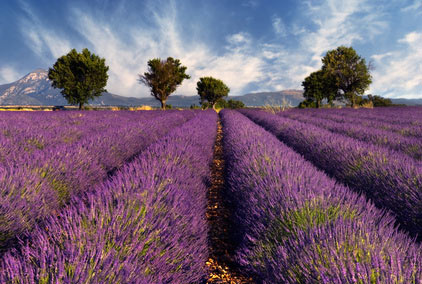
 The use of flowers as perfume dates back too far to be traced by man. At one time diseases were thought to be transmitted through bad odors, which led to the use of flowers and scents to purify the air. Religious ceremonies using herbs and resins have been used since Egyptian times. Over the centuries flowers have taken on a special meaning. In soap making, these fragrances are prized and often times hard to come by when looking for the perfect scent.
The use of flowers as perfume dates back too far to be traced by man. At one time diseases were thought to be transmitted through bad odors, which led to the use of flowers and scents to purify the air. Religious ceremonies using herbs and resins have been used since Egyptian times. Over the centuries flowers have taken on a special meaning. In soap making, these fragrances are prized and often times hard to come by when looking for the perfect scent.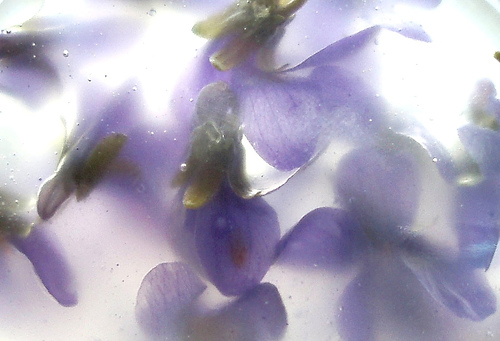 Seal the plates together with tape and put them aside for two days. After this time you should remove the wilted petals and repeat this process using fresh petals. After eight changes of flowers cut the lard and place it in several small sterile glass bottles, filling each half full. Top this off with pure ethyl alcohol or if cannot get ethyl alcohol that is pure, you can use rubbing alcohol as well. Close each of the bottles tightly and shake them thoroughly. Then place them in a dark area for about 12 weeks. You will need to shake each bottle daily if possible to blend the ingredients. When the 12 weeks are up, use a funnel with a piece of muslin placed over it to pour the perfume into a bottle. The muslin will strain out all the fat globules. Next you should add a very small amount of fixative oil as a preservative. If you prefer to measure the amount of fixative it should be approximately two drops per 1/4 cup of perfume. In this process the aroma of the petals you have chosen are absorbed by the lard and held by the alcohol. The best aromatic flowers to use are gardenias, roses, honey suckle, lavender and carnations. Any aromatic mixture must be composed carefully to achieve the perfect blend. It is best to choose one ingredient for the primary fragrance and then add small amounts of other scents to get the best results.
Seal the plates together with tape and put them aside for two days. After this time you should remove the wilted petals and repeat this process using fresh petals. After eight changes of flowers cut the lard and place it in several small sterile glass bottles, filling each half full. Top this off with pure ethyl alcohol or if cannot get ethyl alcohol that is pure, you can use rubbing alcohol as well. Close each of the bottles tightly and shake them thoroughly. Then place them in a dark area for about 12 weeks. You will need to shake each bottle daily if possible to blend the ingredients. When the 12 weeks are up, use a funnel with a piece of muslin placed over it to pour the perfume into a bottle. The muslin will strain out all the fat globules. Next you should add a very small amount of fixative oil as a preservative. If you prefer to measure the amount of fixative it should be approximately two drops per 1/4 cup of perfume. In this process the aroma of the petals you have chosen are absorbed by the lard and held by the alcohol. The best aromatic flowers to use are gardenias, roses, honey suckle, lavender and carnations. Any aromatic mixture must be composed carefully to achieve the perfect blend. It is best to choose one ingredient for the primary fragrance and then add small amounts of other scents to get the best results.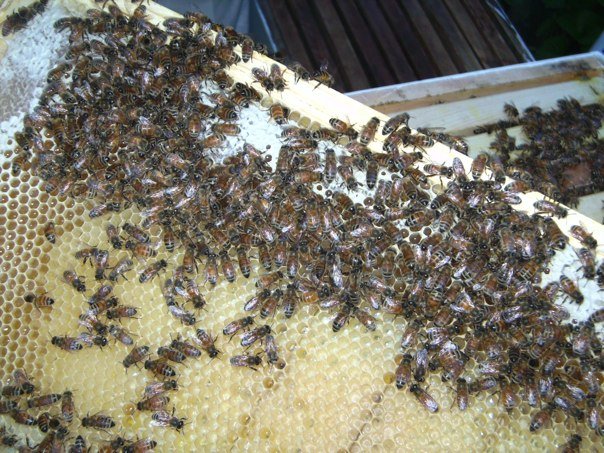
 Honey has a long history in human societies around the world. It is used in various foods and beverages as a sweetener and flavoring. What is more interesting is that it also has a role in religion and symbolism sometimes being called the nectar of the gods. It is also used in various medicinal traditions to treat ailments. In fact recent studies of honey have indicated that these traditional uses actually have
Honey has a long history in human societies around the world. It is used in various foods and beverages as a sweetener and flavoring. What is more interesting is that it also has a role in religion and symbolism sometimes being called the nectar of the gods. It is also used in various medicinal traditions to treat ailments. In fact recent studies of honey have indicated that these traditional uses actually have 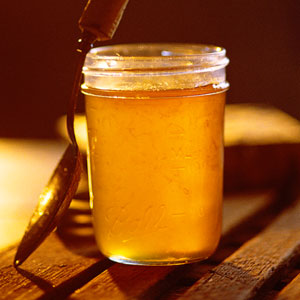 To get the most out of your honey mask, you will want to add an exfolient to the honey. I have always found that adding sugar to the honey is ideal because of the small size of the sugar grains and the fact that the sugar dissolves and washes away cleanly with just simple water. The ratio is up to you but a nice ratio of honey to sugar is 2-1. You want to wait to make the honey-sugar mix until you are ready to scrub your face as some of the sugar will dissolve in the honey if you put it in beforehand. Once you have scrubbed you face with the honey-sugar mix, let the honey sit on your face and go to work on your pours and any acne you might have. When you are done a simple wash of water will clean off the goopy mess and you will be left with a radient face.
To get the most out of your honey mask, you will want to add an exfolient to the honey. I have always found that adding sugar to the honey is ideal because of the small size of the sugar grains and the fact that the sugar dissolves and washes away cleanly with just simple water. The ratio is up to you but a nice ratio of honey to sugar is 2-1. You want to wait to make the honey-sugar mix until you are ready to scrub your face as some of the sugar will dissolve in the honey if you put it in beforehand. Once you have scrubbed you face with the honey-sugar mix, let the honey sit on your face and go to work on your pours and any acne you might have. When you are done a simple wash of water will clean off the goopy mess and you will be left with a radient face.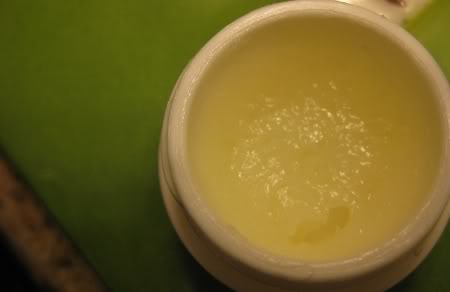
 There are a lot of different things you can do with the various oils that are used in soap making. One of the easiest things is to turn a few of the best oils into an emulsion for a lip-balm or body moisturizer. The process really is simple and actually has fewer steps than making your own soap.
There are a lot of different things you can do with the various oils that are used in soap making. One of the easiest things is to turn a few of the best oils into an emulsion for a lip-balm or body moisturizer. The process really is simple and actually has fewer steps than making your own soap.